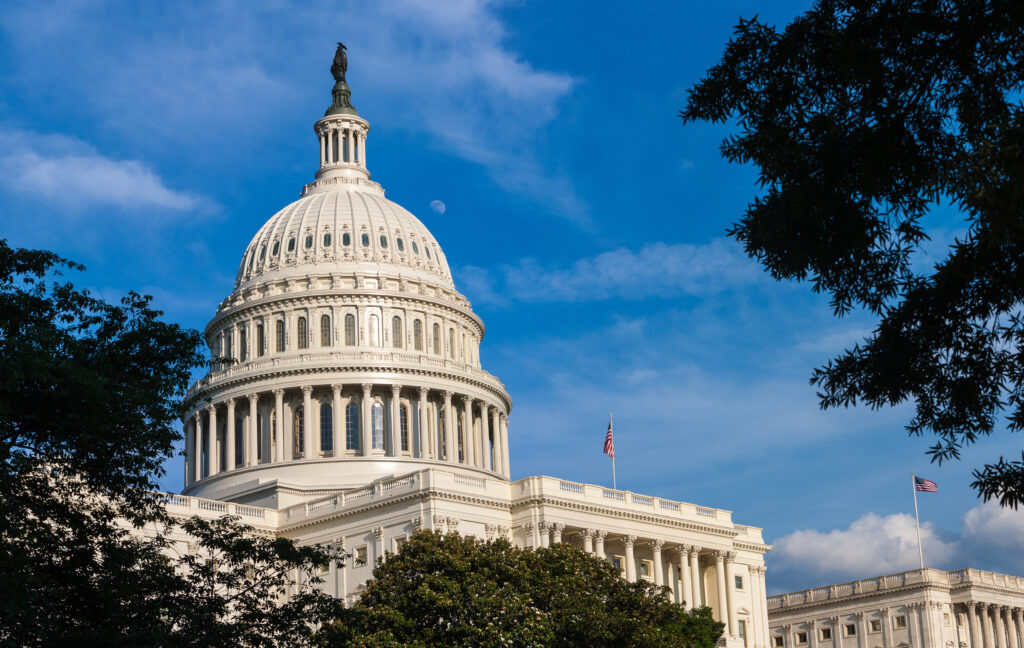Editor’s Note: This piece was originally published at STAT on October 16, 2019.
House Democrats got an early Halloween treat with the Congressional Budget Office’s review of HR 3, Speaker Nancy Pelosi’s proposed drug pricing reform, also known as the Lower Drug Costs Now Act. The headline was the estimated $345 billion Medicare savings over seven years. Key to the CBO’s score was the provision in the bill authorizing the health and human services secretary to negotiate prices for 125 branded drugs, plus insulin, with a price ceiling tied to international benchmarks.
There is no doubt that the Pelosi bill would reduce drug prices. A fair question — which critics are asking — is whether CBO considered the long-term consequences, especially for health. Most people understand there is a tradeoff between prices and innovation. As research has made clear, revenues generated by today’s top-selling drugs finance the innovation necessary to discover new treatments, and the U.S. is the source of perhaps 70% of global industry profits.
Lowering prices in the U.S. will certainly suppress innovation.
The CBO estimated that the Pelosi bill would cause eight to 15 fewer drugs to come to market over the next 10 years while 300 total new drugs would be marketed over that period — leading to about a 4% reduction in the rate of innovation.
How did CBO get its figure? Much of the evidence is buried in footnotes. But this is actually an active area of research. Economists have tried to identify how prices affect innovation, often relying on natural experiments that affect the demand for drugs, rather than the supply. These include changes in the demographic composition of the population, trends in mortality rates, or policy changes like the passage of Medicare Part D.
In all cases, price reductions are associated with less innovation, although the magnitude varies. A 1% reduction in price has been estimated to reduce innovation — meaning the number of new drugs launched — by as little as 0.25% or as much as 4%.
What the CBO missed, however, is important. It scored the policy going out 10 years — and three of them are missed because the law wouldn’t take effect until 2023. Compare that with Tuft University’s estimate that the process to develop and win approval for new drugs takes 15 years. Thus, the CBO scoring window misses the period when the policy might have the largest effects.
Economists know that long-run effects of policy are often greater than short-run effects. When a company is making decisions about investments that might pay off in 15 years, policy uncertainty comes into play. If the Pelosi bill is seen as just the start, with more drugs likely to become subject to government price negotiation, then the effects on innovation will be even more dramatic — something the CBO probably did not factor into its calculations.
What we ultimately care about is not the impact on drug launches but the impact on population health. Here the news is not good. Companies seeking cures for our most vexing diseases — like Alzheimer’s or diabetes — will give up potential avenues of research.
Several colleagues and I examined the long-term consequences of price controls using the Future Elderly Model, an economic-demographic microsimulation developed at the University of Southern California’s Roybal Center for Health Policy Simulation with funding from the National Institute on Aging. This model has been used to explore a variety of policy questions, ranging from the fiscal future of the U.S. to the role biomedical innovation can play in future health outcomes.
The model showed that price controls in the U.S. would harm health in the long run. Our best estimate — published in the journal Health Affairs — is that once controls are fully implemented, life expectancy at older ages would be reduced by about 3%. This may not seem like a lot, but that is similar to the effect if the U.S. “forgot” how to reopen blocked cardiac arteries after a heart attack.
Perhaps an analogy with climate change is appropriate. Many believe the long-term effects are so horrendous that we need to act now to avoid them. In the case of drug price controls, the long-term harm could also be horrendous, but there is an easy policy solution: tread carefully.
